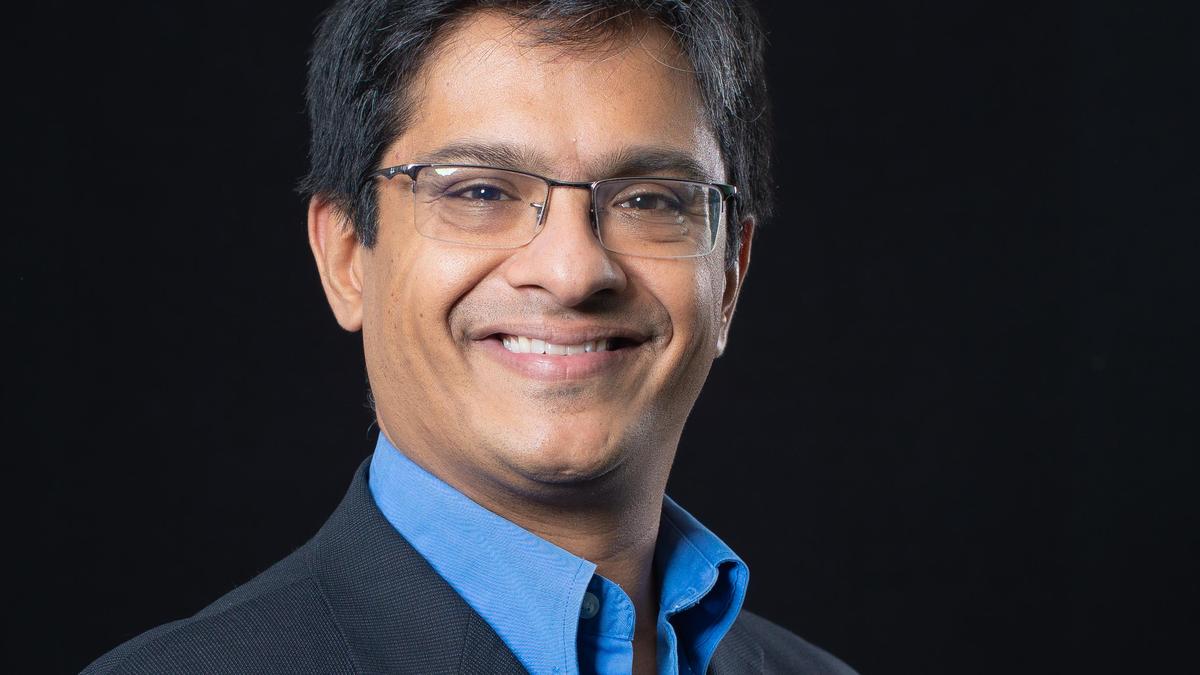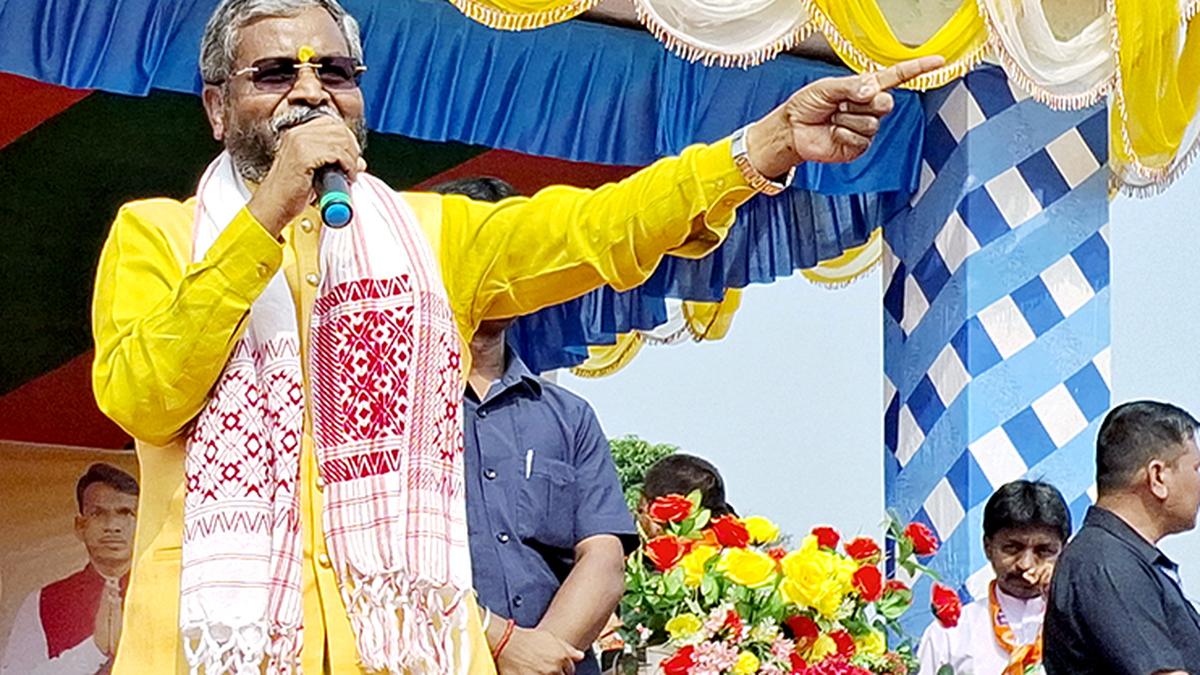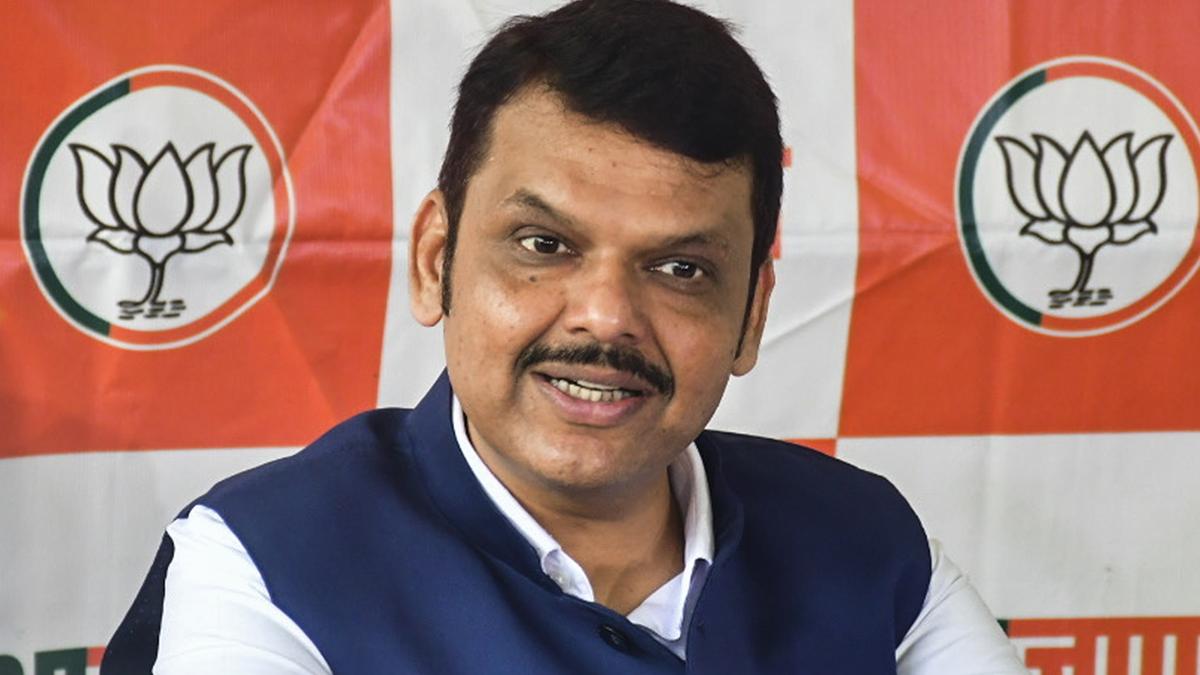India needs to invest in building the capacity of its government to deliver essential services to its citizens in order to reach its full economic potential, argues Karthik Muralidharan, [Tata Chancellor’s] professor of economics at the University of California San Diego and the author of Accelerating India’s Development: A State-led Roadmap for Effective Governance, in an interview with The Hindu. Edited excerpts:
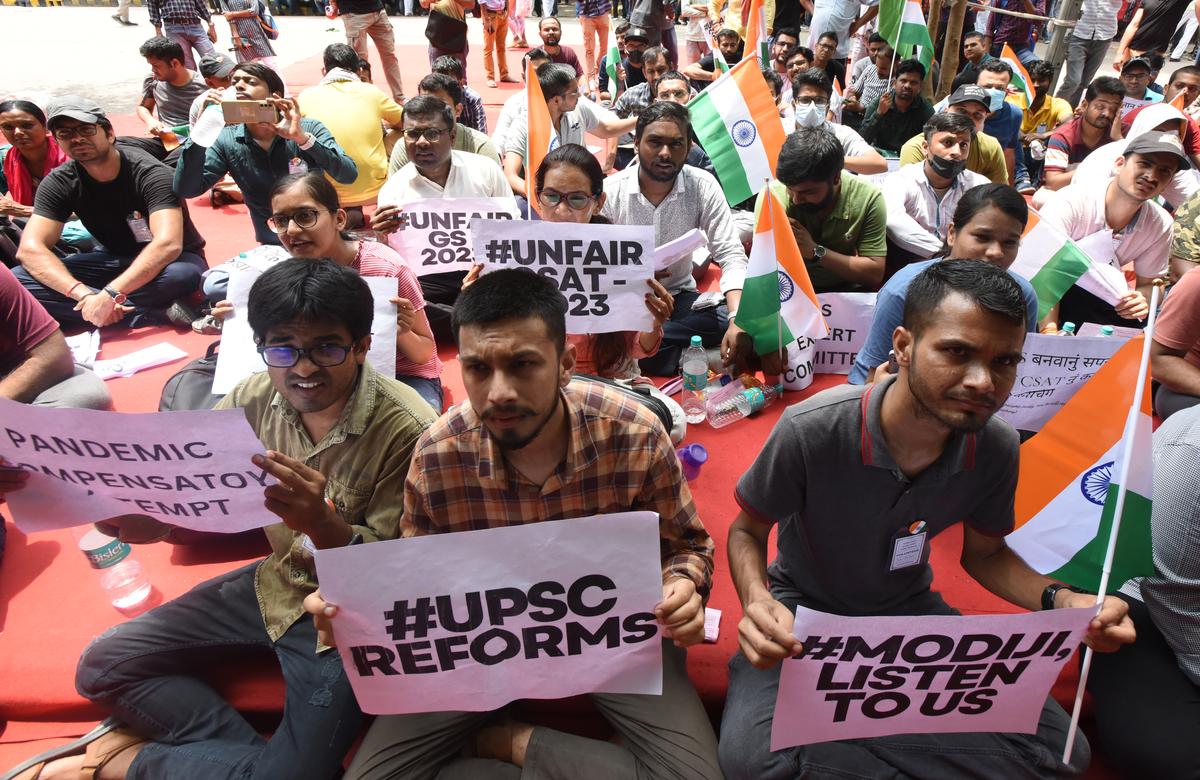
Union Public Service Commission (UPSC) aspirants hold a protest against the unfair Civil Services Aptitude Test (CSAT), demanding reduction in the cut-off for the CSAT exam, at Jantar Mantar, in New Delhi. | Photo Credit: Getty Images
What is the core argument that you make in your book regarding the capacity of the Indian state to deliver on its commitments?
The core motivation for writing the book was the recognition that across education, healthcare, welfare etc., the common issue we face is weakness in governance. When we say state capacity we broadly mean the capacity of the state to successfully achieve tasks and goals assigned to it through the political process.

We have a lot of discussions in India about policy priorities. Like should the government focus on infrastructure or health or education? We want it to do everything, but what we don’t ask is how will the government actually do it? Does it have the capacity to do it? And why is the translation of budget into outcomes so weak?
India has a lot to be proud of as the world’s fastest-growing large economy, with macroeconomic stability. But there are also deep challenges and weaknesses, including issues in education, health, or child development, police, courts, welfare, jobs etc. What I argue is that the biggest obstacle to meeting these challenges is the effectiveness of the government machinery itself. Until you systematically invest in strengthening the capacity of the Indian state, we will not be able to reach our full potential as a country.

You say it’s not in the self-interest of politicians to invest in building state capacity, particularly under a first-past-the-post electoral system like in India. Can you elaborate?
The problem with political incentives is that the payoff to building state capacity usually comes in the long term. So politicians typically don’t invest in state capacity unless there’s a crisis. Further, what is unique about India is that it has been the only large country that had universal democracy from day one. So what that means is that the Indian state has faced pressure for welfare and redistribution at a much, much lower level of both fiscal and administrative capacity. Most high income countries built welfare states only starting in the mid-1930s, at an inflation-adjusted GDP per capita of about $18,000 to $20,000, while India currently has a per capita GDP of just $2,700.
Because the Indian state is trying to do much more than it has the fiscal capacity for, the nature of politics has become a politics of scarcity. Vote bank politics comes from the fact that the Indian state often doesn’t have the resources to cater to everybody. So politicians direct the resources of the state towards their vote bank as opposed to creating broad-based public services that serve everybody.
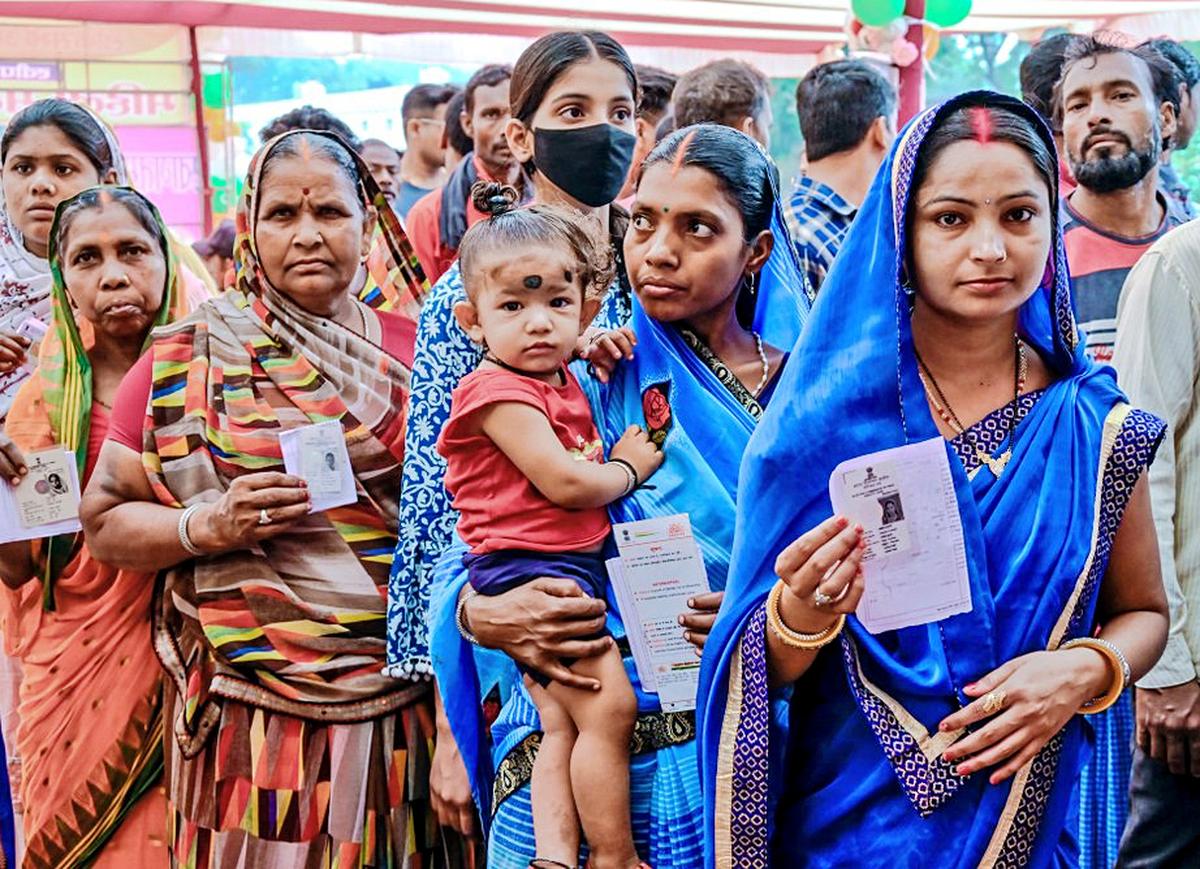
Voters at a polling booth in Jharkhand. | Photo Credit: ANI
You argue good institutions can help align the self-interest of politicians with the interests of the general public. Can you tell us how? And why doesn’t India have such good institutions?
The main thing institutions do is, by being independent of the government of the day, they are able to better focus on long-term national interests and goals incentives. So, an example of an institution that protects the long term interest of the public is an independent central bank that has a certain amount of autonomy to preserve the integrity of the currency. Thus, institutions provide checks and balances and align short-term and long-term interests.
In general, institutions take a long time to build and institutions also tend to be constructed in moments of nation building. India invested in some outstanding institutions in the 1950s. We used to have a world-leading statistical system that was among the best at collecting data. And we created the UPSC which protects the integrity of recruitment into the government. Similarly, the CAG is an outstanding institution that audits the use of public finances. So we do have some very good institutions, but we have not renewed our investment in institutions.
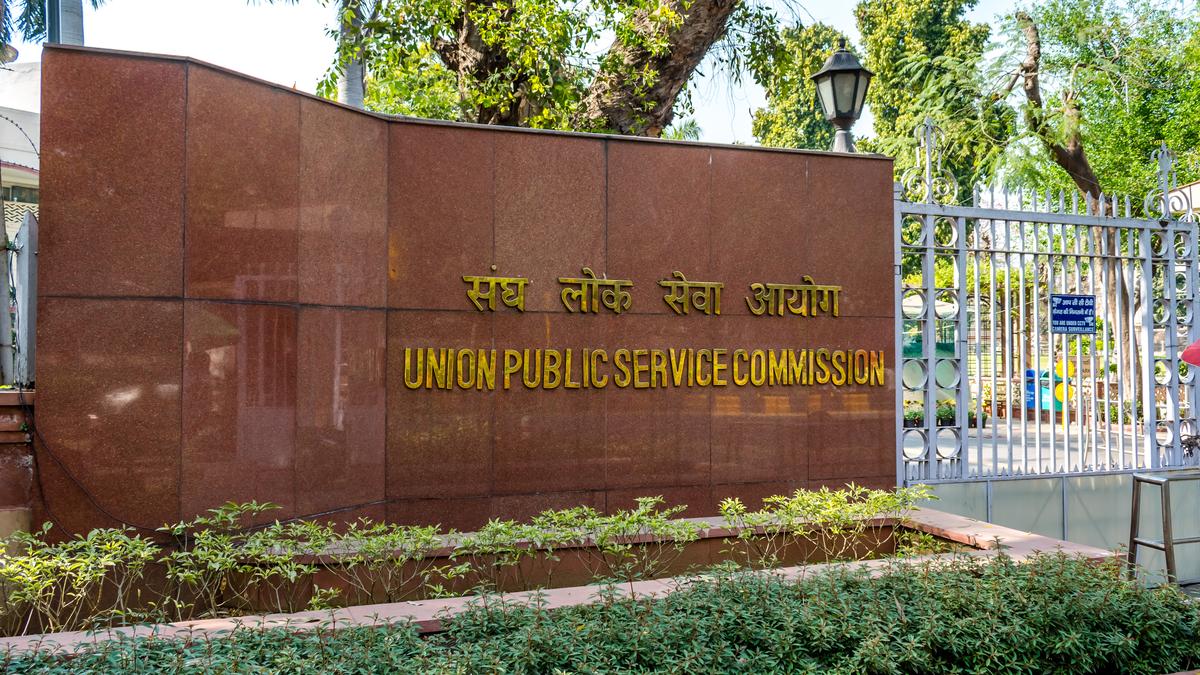
The office of Union Public Service Commission (UPSC) in New Delhi | Photo Credit: Getty Images/istock
Who has the personal incentive to build good institutions that can serve the common good? We see that it is in the interest of politicians to break down good institutions. How do we deal with this problem? Or should we further roll back the government like in 1991 and let markets provide goods and services?
Politicians typically do not have the incentives to build good institutions because institutions constrain politicians. Everybody likes to have fewer constraints, which is why one of the times countries build institutions is usually when writing their Constitutions. In most countries at the time of independence, you have a sense of idealism of a set of people who are a bit more willing to look beyond their narrow short-term self-interest. But historically, if you look at how institutions come about, they come about through some combination of ideas of intellectuals, academics, and think tanks feeding the ideas ecosystem by saying these are the kind of institutions we need, which are then picked up when there is political pressure or a window of opportunity to act. For example, they also come about often because there is the public outrage like, for example, in the recent hit-and-run case in Pune over the bail given to the perpetrator, may prompt some action on judicial reforms. [But you need good ideas to be ready when there is a political window to act.]
Now this point about should the government get out of the way, it is true the market has managed to fill in for government weaknesses, say in the case of courts with parties agreeing to arbitration in Singapore or London because they trust those court systems better. But part of the core point of the book is building the capacity of public systems to do what the government has to do. You can’t outsource police, while private education and healthcare are still not accessible to the poor. So the state has an important role to play.

You say Indian philanthropists should focus beyond the traditional philanthropic acts such as building schools and hospitals and focus on strategic philanthropy that aims to improve governance. Can you explain?
Traditionally, philanthropy has stepped in where the state has not been able to satisfy social needs. There’s a tradition of caring for the poor by feeding them and offering humanitarian relief. But we are now in a place where the government actually has expanded a lot. For example, the government spends about ₹7.5 lakh crore a year on education, across States and the Centre. Now, philanthropic spending on education is probably like ₹15,000 crore, which is about 2% of that budget (₹7.5 lakh crore). Now, if that ₹15,000 crore is spent on building more schools and universities, that is what I call additive philanthropy because it’s taking the budget of ₹7.5 lakh crore and adding another ₹15,000 crore to increase it by 2%.
But there are often simple interventions that can be done to improve the effectiveness of the government spending itself and that can offer much higher returns. For example, if I spend ₹1,000 crore on interventions that can improve the effectiveness of government spending by even 1%, then that could yield an annual return on investment of ₹7,500 crore. And if that investment’s return shows up in perpetuity, then you can deliver a return of ₹75,000 crore, which is orders of magnitude higher.
Accelerating India’s Development: A State-led Roadmap for Effective Governance; Karthik Muralidharan, Penguin, ₹1,299.
prashanthperumal.j@thehindu.co.in

